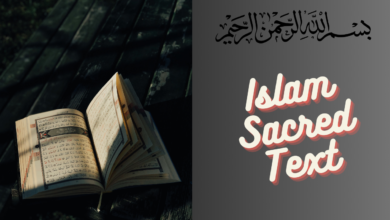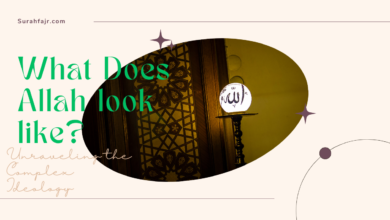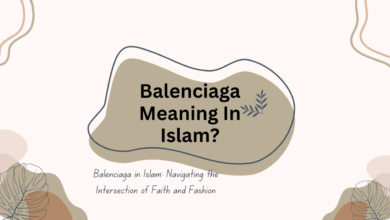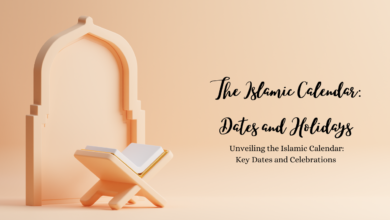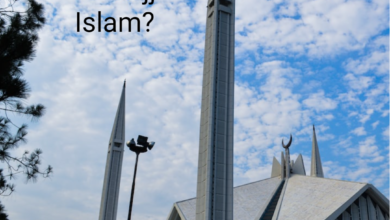If there is a face or eyes on our clothes, we can pray in Islam?
Exploring the Permissibility of Praying in Attire with Images
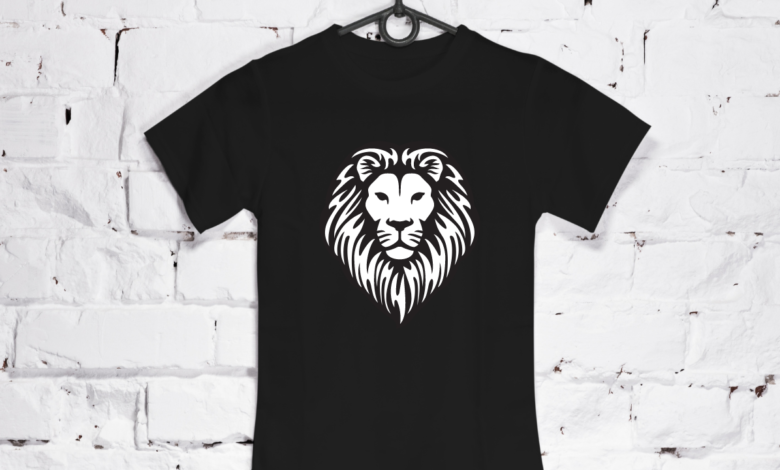
If there is a face or eyes on our clothes, we can pray in Islam?
It is generally discouraged to pray in clothing featuring faces or eyes, as images of living beings are considered to be against Islamic principles. It’s best to avoid such clothing during prayers.
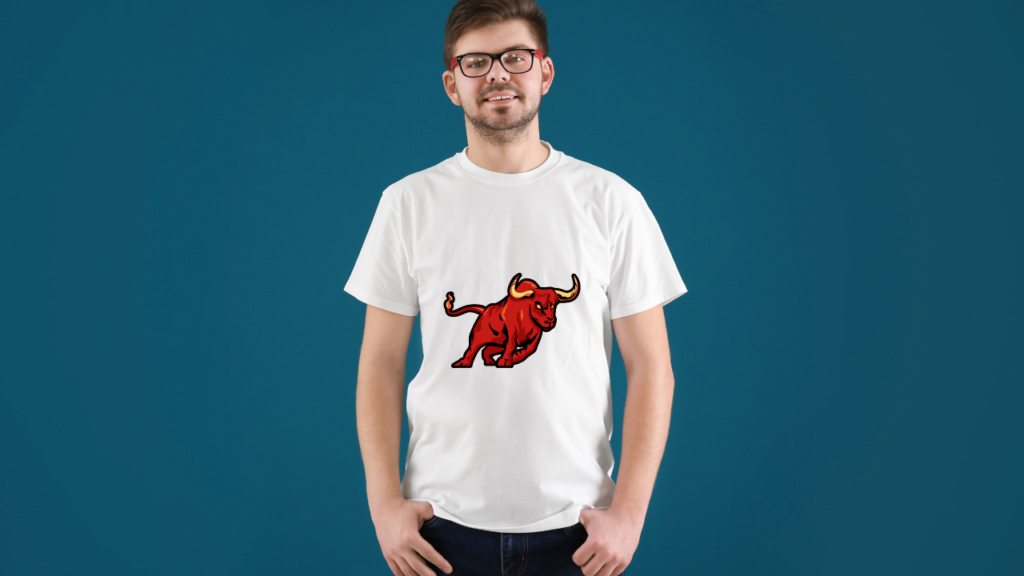
Introduction
Islam is a religion that places great emphasis on modesty, both in behavior and attire. The way Muslims dress is a reflection of their faith and submission to Allah’s guidance. In this context, questions often arise about whether it is permissible to wear clothing adorned with faces or eyes, and if so, how it aligns with Islamic principles. This article aims to explore the Islamic perspective on this matter and provide clarity for those seeking guidance.
The Concept of Modesty in Islam
Modesty is a fundamental principle in Islam, and it applies to all aspects of a person’s life, including their clothing choices. The Quran states in Surah Al-Nur (24:31), “And tell the believing women to reduce [some] of their vision and guard their private parts and not expose their adornment except that which [necessarily] appears thereof.” This verse underscores the importance of covering one’s adornment and maintaining modesty in dress.
The Prohibition of Images in Islam
In Islamic tradition, the making of images or likenesses of living beings, known as tasweer, is generally discouraged. This prohibition stems from the belief that attempting to replicate Allah’s creation is an act of arrogance and could lead to idolatry. There are Hadiths (sayings and actions of the Prophet Muhammad) that discourage the creation and display of images.
However, it is important to note that this prohibition primarily applies to three-dimensional images and sculptures that attempt to mimic living beings. The portrayal of living beings in two-dimensional forms, such as drawings and paintings, has been a subject of debate among Islamic scholars. While some scholars take a strict stance against any form of depiction, others believe that it may be permissible as long as it does not promote idolatry or sinful behavior.
Clothing Adorned with Faces or Eyes
Wearing clothing adorned with faces or eyes falls into the category of two-dimensional representation. Here, the permissibility largely depends on the intention and the context. If the images are meant for decoration, aesthetics, or cultural significance and do not promote idolatry or sinful behavior, they may be considered permissible by some scholars. However, even in such cases, it is essential to prioritize modesty and avoid clothing that could attract undue attention.
It is important to seek guidance from a knowledgeable Islamic scholar or religious authority regarding the permissibility of specific clothing items. Different scholars and schools of thought within Islam may have varying opinions on this matter, so consulting with a qualified scholar can provide clarity based on one’s specific circumstances.
Balancing Personal Expression and Islamic Principles
While adhering to Islamic principles of modesty, Muslims also have the freedom to express their personalities and cultures through their clothing choices. Islam encourages modesty, humility, and respect for one’s faith and the beliefs of others. Therefore, if an individual chooses to wear clothing adorned with faces or eyes as a form of self-expression or cultural significance, they should do so with a clear conscience, while also maintaining the principles of modesty and respect for their faith.
Also Check
- The Benefits of Islam
- Can we dance in Islam?
- Who is Hazrat Ibrahim (AS) in Islam?
- Why theft is prohibited in Islam?
- Which is the companion of Hazrat Muhammad (PBUH) who was with you the most during the wars?
Conclusion
The Islamic perspective on clothing adorned with faces or eyes revolves around the principles of modesty, intention, and the avoidance of idolatry. While there is no one-size-fits-all answer to whether such clothing is permissible, it is crucial to prioritize modesty in dress and seek guidance from knowledgeable scholars when in doubt. Ultimately, Muslims should strive to strike a balance between personal expression and adherence to the core values and teachings of Islam, keeping in mind that intentions play a significant role in determining the permissibility of such attire.
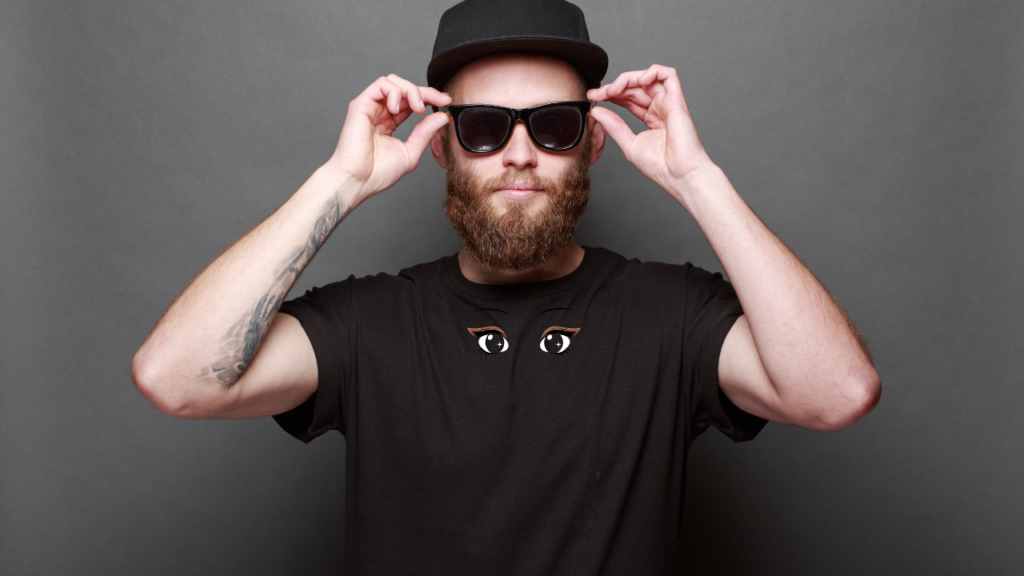
FAQs about Praying in Islam with Clothes Featuring Faces or Eyes:
Can I pray while wearing clothing that has a face or eyes on it?
It is generally discouraged to pray in clothing featuring faces or eyes, as images of living beings are considered to be against Islamic principles. It’s best to avoid such clothing during prayers.
Why are images of faces or eyes discouraged in Islamic prayer attire?
Islam discourages the depiction of living beings in artwork, as it can lead to idolatry or the intention to imitate Allah’s creation. Such depictions can distract from the focus on God during prayer.
What should I do if I have no alternative clothing for prayer without images?
If you don’t have any alternative clothing without images, it’s still permissible to pray in such attire if you’re unable to change. However, it’s recommended to avoid this situation whenever possible.
Can children wear clothing with faces or eyes during prayer?
Children are not held to the same standards as adults in Islamic prayer. While it’s still best to encourage them to wear appropriate clothing, children are not expected to fully understand or adhere to these guidelines until they reach an age of maturity.
Can I modify or cover up the images on my clothing for prayer?
Yes, you can modify or cover up the images on your clothing temporarily for prayer. You can use a plain cloth or shawl to cover the part with images while praying to minimize distractions.
Are there exceptions for clothing with images in certain situations, like for special occasions?
There may be certain cultural or regional variations regarding clothing with images for special occasions, but it’s generally recommended to choose attire that adheres to Islamic principles even during special events.
What if I accidentally wore clothing with images to the mosque for Friday prayer?
If it was unintentional, you may still perform your prayer. However, try to be more mindful of your attire in the future and choose clothing that respects Islamic guidelines.
Is there a difference between images on clothing and images on accessories like jewelry or watches?
Images on small accessories like jewelry or watches are generally permissible, as they are not a prominent part of your attire. However, it’s essential to prioritize modesty and avoid anything that could distract you or others during prayer.
Can I wear clothing with faces or eyes if they are non-human or fictional, like cartoon characters?
While the general guidance is to avoid all images on clothing during prayer, some scholars may have differing opinions regarding non-human or fictional characters. It’s advisable to consult with a knowledgeable scholar for a more specific ruling.
What should I do if I discover my prayer clothes have images after I have already prayed in them?
If you prayed unknowingly in clothing with images, your prayer is still valid. However, it’s best to be more cautious in the future and ensure your prayer attire adheres to Islamic principles.
